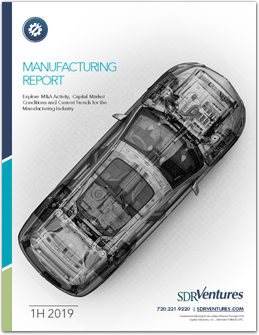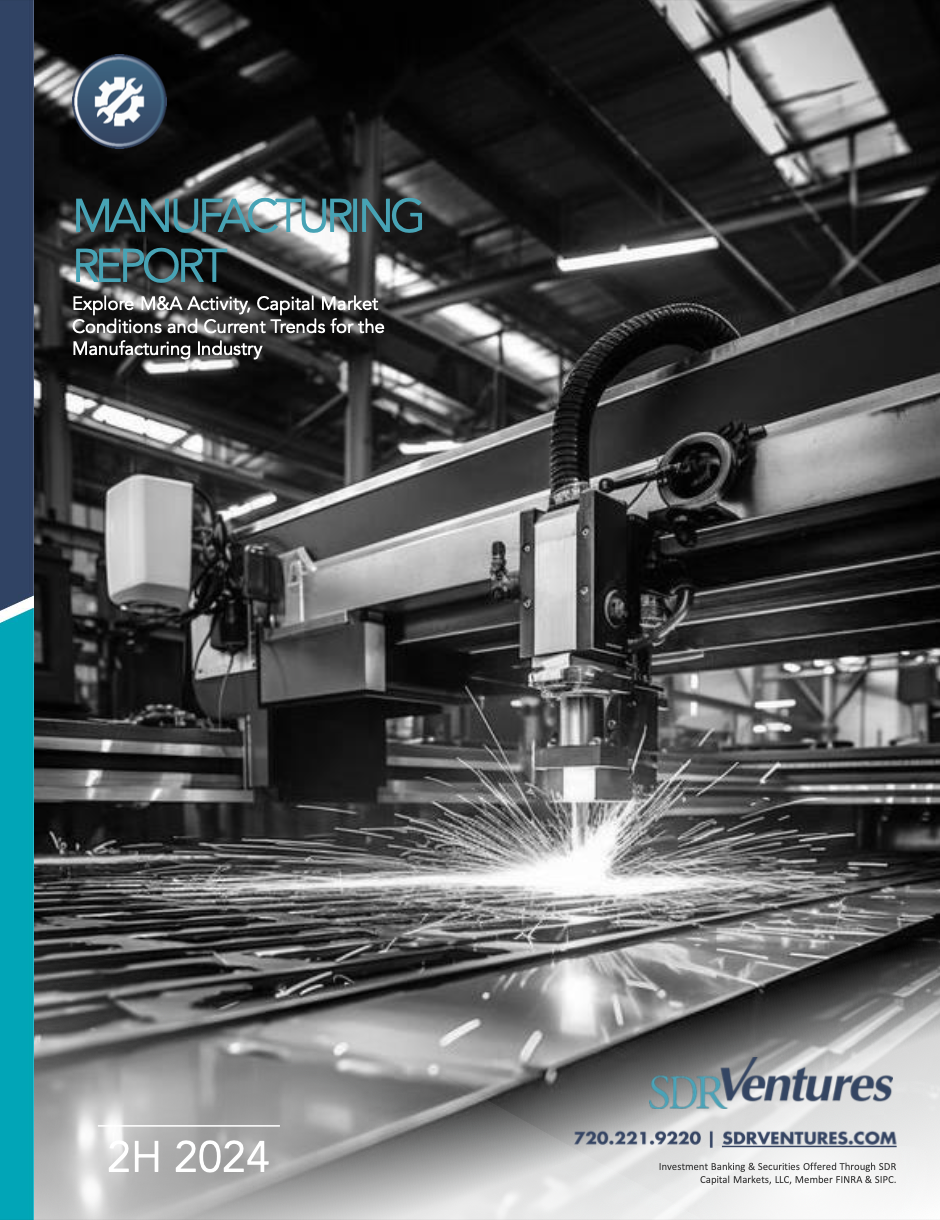2H 2024 Manufacturing M&A Report
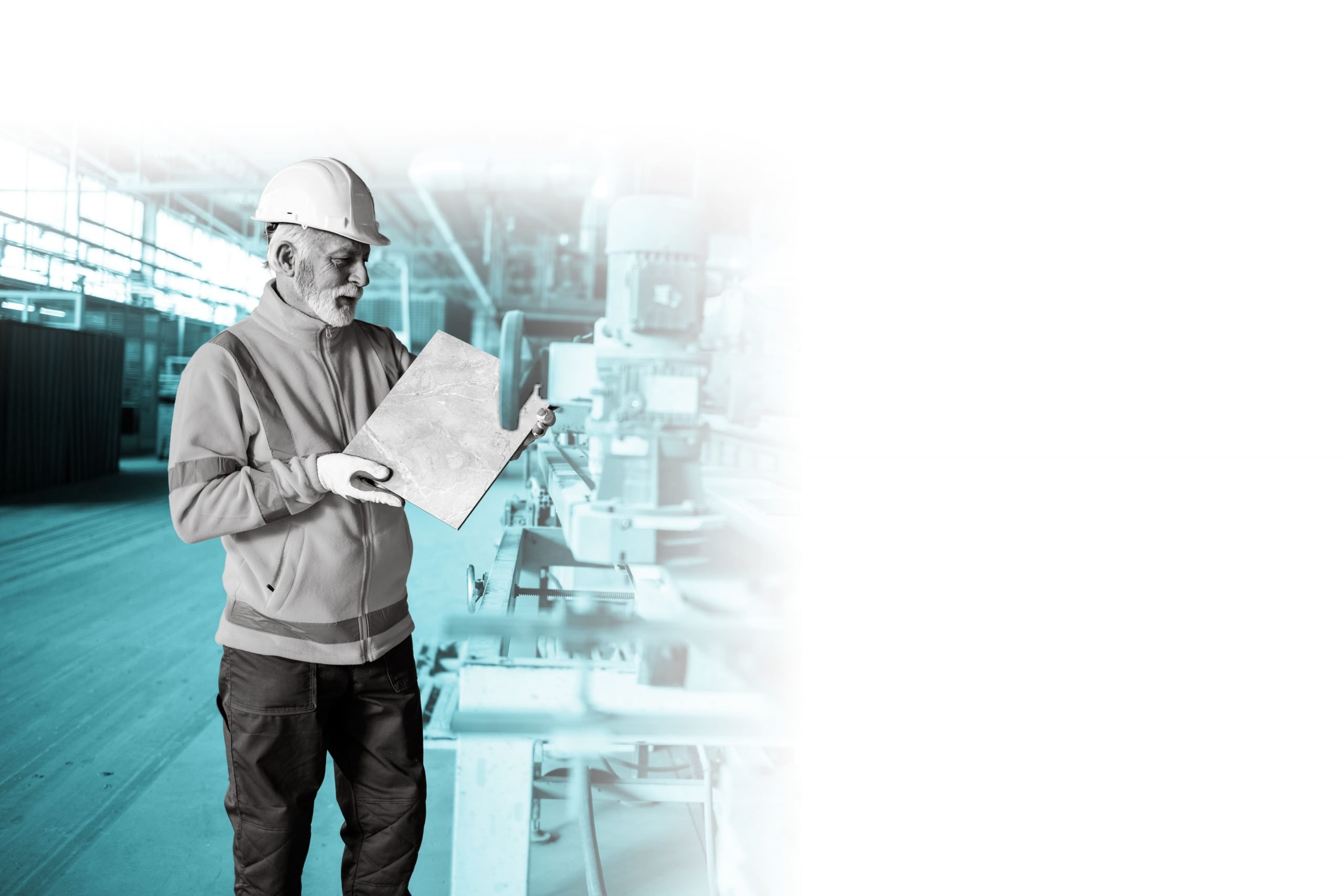
Manufacturing is all about moving parts. And in 2H24 and heading into 2025, we’re seeing plenty of parts moving. The elephants in the room appear to be the application of the incoming U.S. administration’s threatened trade tariffs as well as the continued impact of the CHIPS and Science Act. There is some uncertainty about what the push/pull effect will be and how it will affect manufacturing in North America, creating demand for new factories or raising the prices on everything from cars to consumer...
Previous Manufacturing Reports
Automation and smart manufacturing are driving the manufacturing sector worldwide as the sector struggles not only with, supply chain issues, evolving demands and global conditions, but also a global skilled workforce shortage, especially in China where a demographic time bomb sparked by the one-child policies of old are coming home to roost. Smarter tools incorporating machine learning, remote sensing, and artificial intelligence are in a race to make workers and factories more efficient and create better products on-demand…
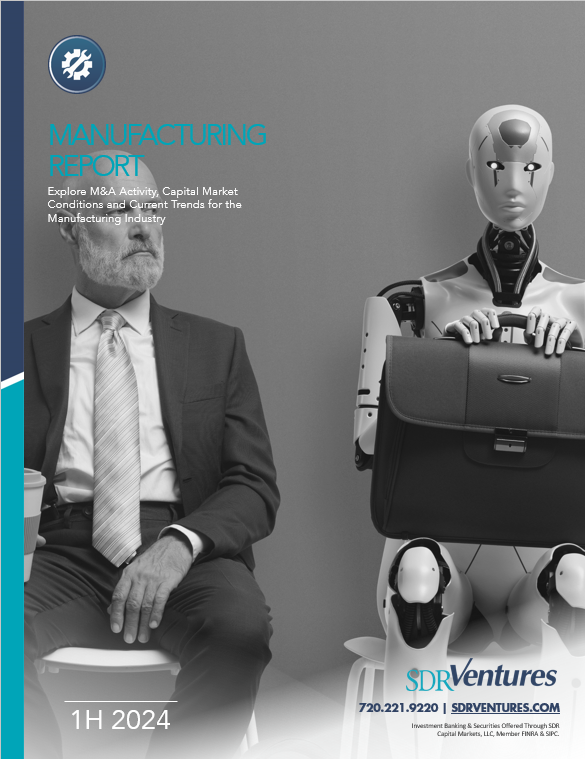
Labor issues and reimagining supply chains were the big stories of 2H23. Finding solutions may shape the biggest opportunities in the years ahead. Automation, friendshoring, supply diversification, and onshoring create an interconnected web of levers to pull, each affecting the other. Frustrated by just-in-time delivery and offshore manufacturing and supplies, there’s been a push to bring manufacturing back to the U.S. But as demand for labor ramped up in 2023, manufacturers went from struggling to find workers to struggling to pay them enough to stay on the job, resulting in a series of strikes involving some half million workers spread over 400 strikes, from United Auto Workers to airline pilots and Hollywood writers and actors.
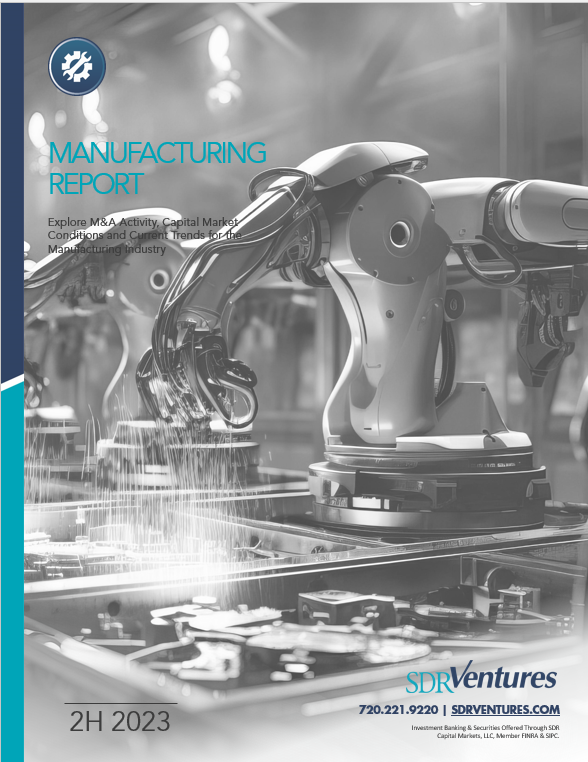
The first half of the year has shown us two sides of manufacturing – a contrast between the back-to-basics of making big, boring stuff in established sectors, but also a peek into innovative solutions for flaws exposed during the post-pandemic supply chain debacle. This time, the old saying “may you live in interesting times” isn’t a curse but a trove of opportunities. Under-the-radar, old school concerns such as energy, industrials, and staffing appear to be one trend. A return to the services we all need and use. Meanwhile there’s a renewed focus on people. No matter how high-tech manufacturing gets, the sector still needs to recruit, train, retain, and retrain workers. No easy feat in an era of low unemployment in the United States.
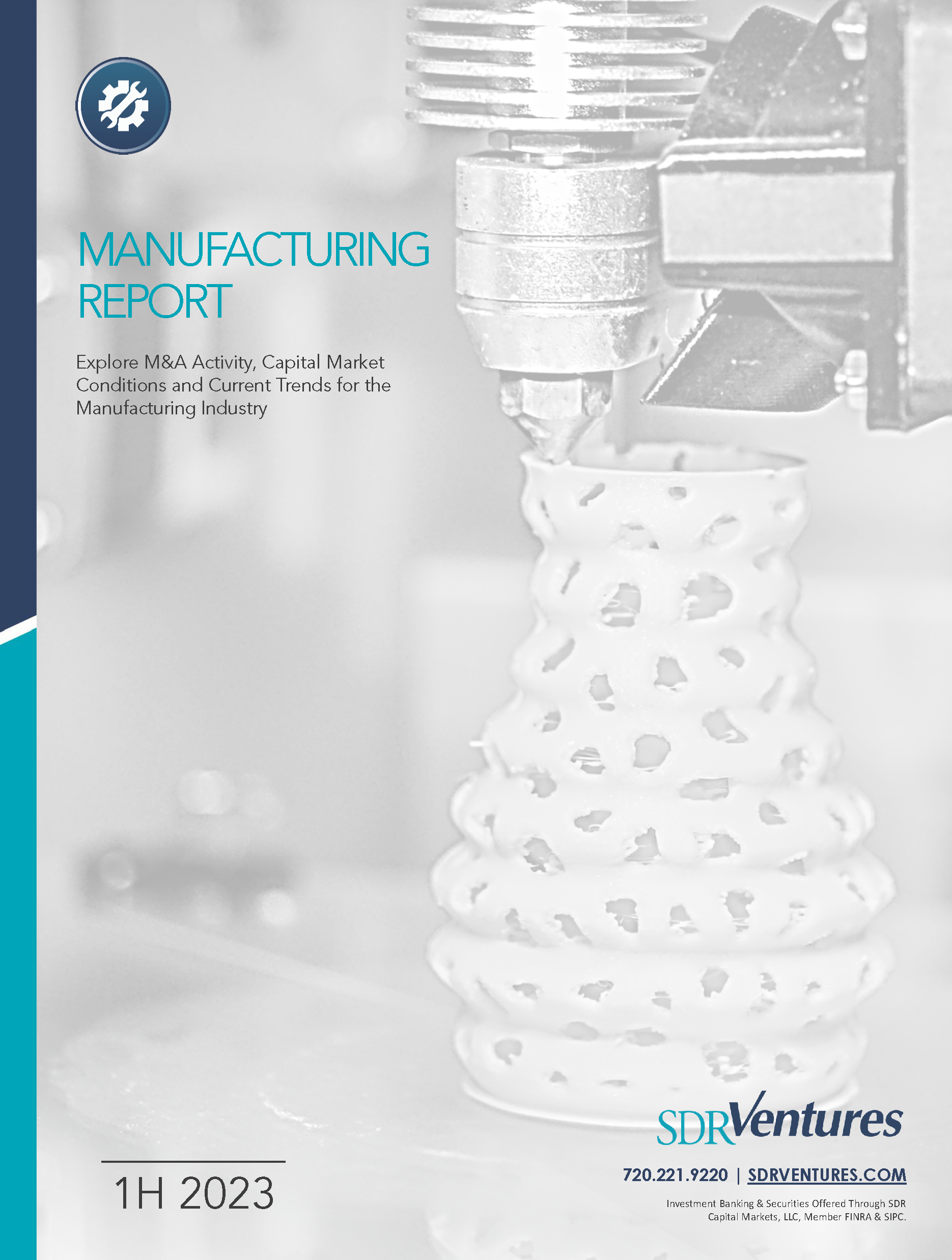
Making the stuff that people want to buy and making the stuff companies need to make more stuff, has been through a wringer of late. The Manufacturing industry has struggled through supply chain woes, a rush to onshore manufacturing, and a labor shortage in 2H22. All of this is driving advancements in connected machinery, the Internet of Things (IoT), and automation. We believe the industry deserves a careful, but detailed, look as we continue to see deals being made, even as interest rates rise. White-collar jobs in the industry are changing (or disappearing), and blue-collar workers – especially highly trained – are hard to find.

Manufacturing has been in the news plenty in the past two years. Can we make enough, can we import fast enough, can we make a profit? What can we do?
If American producers of everything from cars to aluminum cans are tired of delays, supply chain snarls, and the unpredictable impact of COVID outbreaks in far-away ports, some form of onshoring – returning manufacturing to American soil – may be part of manufacturing’s future. And that’s where the story begins.
The next generation of American factories, and products, probably won’t resemble Henry Ford’s steam-powered factories of the past. To combat higher labor costs, the future of manufacturing may depend not just on what goods are made, but how they’re made.
Think “smart factories,” manufacturing facilities built on connectivity, efficiency, and creativity driven by emerging technologies such as the Internet of Things (IoT), artificial intelligence, 3D printing, machine learning, cloud computing, robotics, and 5G communications…
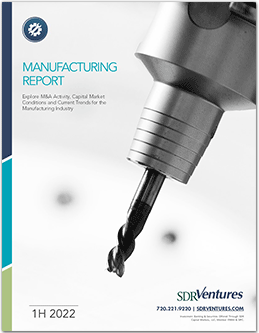
For years, the answer to high U.S. labor and production costs has been offshoring, creating goods in other countries closer to raw materials and with cheaper labor and then shipping them across the border or the ocean. Back home, companies were free to focus on branding, marketing, and customer service. “Just in time” delivery was king, maintaining the barest minimum of on-site inventory and relying on overseas manufacturers to deliver a steady stream of finished goods. Everyone was happy. Customers got lower prices, companies ran an efficient machine.
But the COVID-19 pandemic, factory closings at home and abroad, sick workers, and subsequent supply chain glitches may have shaken things up, changed a few minds, and forced a turn to new thinking.
Meanwhile, we may be witnessing the greatest workplace disruption in generations. Once dismissed as inefficient, today work from home arrangements are so common more than 90% of surveyed employers say they expect work from home, or hybrid home/office arrangements, for “knowledge workers” to continue at least through 2022. That’s a lot of people spending a lot more time in their homes, and… saying, we could use an upgrade around here…
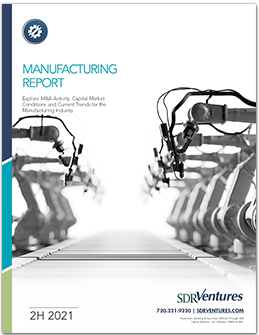
If there’s a symbol for the flaws in the global supply chain exposed by the rollercoaster COVID-19 lockdown and recovery, it’s a tourist in Hawaii headed to the beach in a U-Haul moving truck. Car rental companies across the country dumped their fleets in 2020 when nobody was traveling. When cooped up Americans burst out of the homes in 1H21, rental companies went scrambling for new cars, only to find global supply chain glitches and a shortage of essential computer chips were dragging down car production. With no chips for new cars to replace the fleets they sold in 2020, rental car companies were left without enough for a surge in travelers. In Hawaii, where rental rates were approaching $1,000 a day, wily travelers turned to a cheaper alternative, U-Haul trucks.
Across the manufacturing industry, COVID’s effects revealed how fragile the global supply chain had become, and how dependent manufacturers had become on others to provide vital parts and materials.
As we emerge from the lockdown, manufacturers are also discovering how dependent they had become on workers who – it turns out – weren’t all that happy about the old ways and may not be that eager to go back to the old jobs for the old wages. As demand for goods soared in 2021, factories were scrambling for everything from skilled labor to entry level workers…
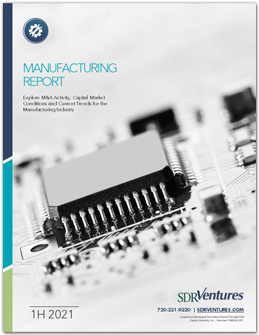
In the manufacturing industry, it can sure look like the virus picked sides in 2020. There were losers, winners, and potentially bigger winners ahead.
In general, manufacturers were smacked hard in the first half of the year with uncertain, even fearful, consumers laser focused on necessities and stocking the pantry. Then came lockdowns, outbreaks, and the largest manufacturing shutdowns seen since World War II at home and abroad. Plants were idled, supply chains seized, and workers lost jobs.
As downtown office buildings emptied, business and employees began adapting to work-from-home arrangements. Once unthinkable, companies realized they could trust employees throughout the workforce to work at home online, sparking big changes – not only in today’s COVID environment, but potentially into the future.
Industries and employees will apparently need to adapt. For workers, spending more time in the home and the home office is looking like an unavoidable result. And manufacturers will likely need to adapt processes that were shaken by supply chain snarls and workplace outbreaks.
In a world shaken and stirred, a couple of winning segments may be emerging…
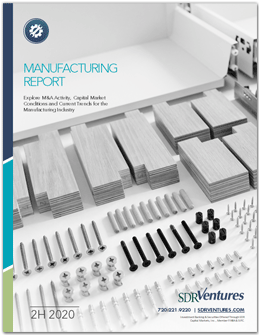
If there has ever been an ode to uncertainty for the manufacturing sector, it’s 1H 2020. The first half of the year started with the threats we knew – tariffs, trade, fickle consumer habits, and the cyclical nature of the economy – and then dove head-first into the unknown realm of the global COVID-19 viral pandemic.
And if there’s a sector that responds quickly, for better or worse, to external factors, it’s manufacturing. For the record, 2020 has been the year of external factors.
Early into the pandemic, we witnessed an explosion of consumer demand for manufactured goods as people stocked up for stay-at-home orders, the heyday of the toilet paper industry. Then an unemployment rate that was well below 4% prior to the pandemic rocketed to nearly 15% by April. Even with a rebound as the half ended in June, unemployment hovered around 11%…
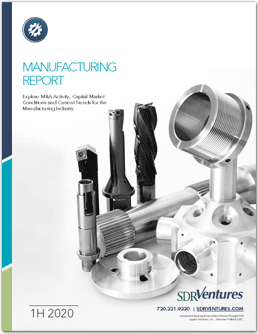
In an ideal world, the performance of the Manufacturing Industry would depend solely on supply and demand, efficiency, ingenuity, and predictable economic cycles. But that is not reality. Politics, too, play a role.
In 2018, the question was whether escalating tensions among the United States and its trading partners – including tit-for-tat tariffs – would hamper manufacturing. In 2H 2019, the numbers have erased any doubt. Positioning the results of the Institute for Supply Management’s Purchasing Managers Index (known as the ISM PMI) over incremental tariffs and trade restrictions, it’s become apparent so-called “trade wars” have negatively impacted the sector. In August of 2018, the PMI approached 61, the highest since 2004, a strong indication of positive sentiment. As tariff spats lingered, a year later, in September 2019, the PMI indicator had slipped to a concerning 47, crossing the line from positive into negative sentiment…
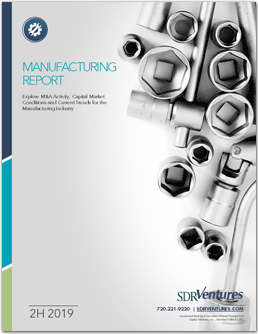
Kinderhook Continues to Push into the Automotive Aftermarket
Since its inception, Kinderhook has now done 74 automotive related transactions and in 2019 continues its push into branded manufacturers serving the specialty and customized automotive market. Heading into this year Kinderhook already had three distinct platforms in this arena: SCA Performance – a direct-from-the-manufacturer lifted truck builder, Race Winning Brands – high-performance parts for powersports, and Bestop – a manufacturer of factory and replacement Jeep soft tops. In February 2019 Kinderhook added a fourth platform in this space, the Adell Group which manufactures aftermarket protective door edge guards for OEMs. In June Adell completed its first acquisition as a Kinderhook platform when it purchased Powerflow – a manufacturer of injection-molded automotive plastic accessories like splash guards, body side molding, and bumper protectors. Through the 2nd quarter Kinderhook has made five acquisitions across these four specialty and customized automotive manufacturers in 2019. SDR anticipates that Kinderhook will continue to announce add-ons for Adell & SCA throughout the remainder of 2019…
